Täglicher Bestellschluss um 14:00 Uhr
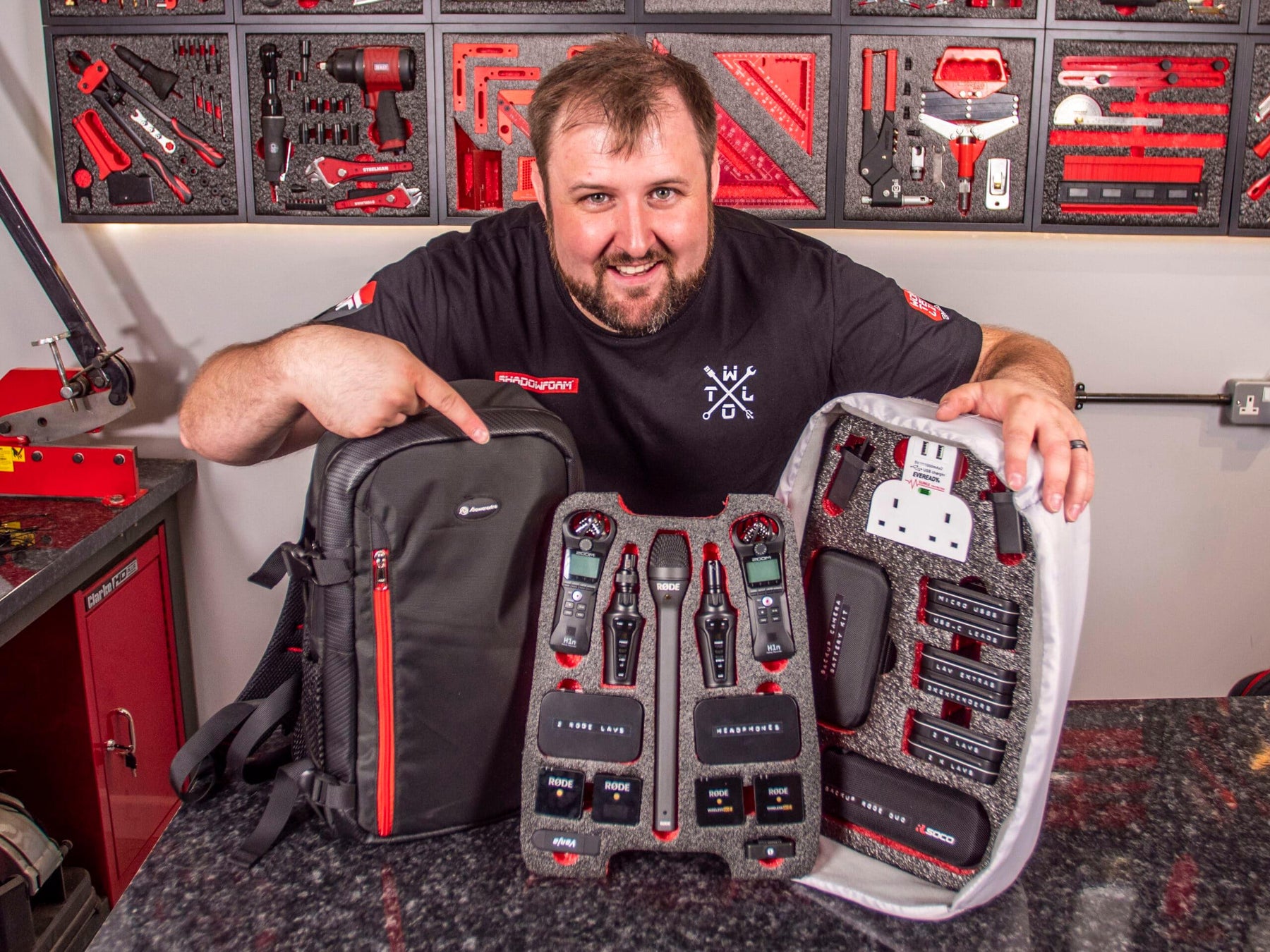
Die perfekte, tragbare Kamera, Batterie- & Audiogeräteaufbewahrung? (Teil 3 - Audiokit)
Wenn Sie, wie wir, viel Videos erstellen, ist es wichtig, sicherzustellen, dass Sie alles zur Hand haben. In der Branche, in der wir tätig sind, möchten wir auch, dass alles organisiert, geschützt und leicht zu finden ist. Wichtig ist auch, dass es jederzeit einsatzbereit ist, wenn Sie es brauchen. Wie Sie vielleicht aus unserem Beitrag über einige Verbesserungen bringen zu unserem Setup haben wir bereits unser Kameratasche mit erstaunlichen Ergebnissen. Jetzt ist es an der Zeit, dasselbe mit unseren audio kit. Insbesondere unser Rode-Mikrofon-Setup und die Möglichkeit, sie unterwegs aufzuladen.
Worin werden wir das Audio-Kit aufbewahren?
Wir haben uns für einen Rucksack entschieden, da wir ihn ergonomisch auf unseren Schultern tragen können. Hauptsächlich hält er jedoch unsere Hände frei zum Filmen oder Transportieren unseres Nuprol-Kameraausrüstungsgehäuses. Kürzlich haben wir auch einige Werkzeuge in einem Dewalt Rucksack und hatten damit großen Erfolg. Dadurch haben wir gelernt, dass selbst mit schwerer Ausrüstung das Gewicht gleichmäßiger verteilt ist, was das Tragen einfacher und sicherer macht. rode Mikrofon Audio Kit Videoproduktion
Es ist frustrierend, dass die PowerExtra Der Rucksack, den wir bekommen haben, ist nicht mehr verfügbar. Wir fanden ihn in der perfekten Größe und Form für das, was wir brauchen. Er ist multifunktional, wurde aber speziell als Reisetasche für DSLR-Kameras entworfen. Außerdem hat er ein großes Fach, um viel Ausrüstung zu lagern. Da die Rückwand vollständig aufgeklappt werden kann, haben wir den Zugang, den wir benötigen, um den Schaumstoff dort hinein zu bekommen. Als zusätzlichen Bonus lässt sich das Innenfutter des Cases sogar herausziehen. Das gibt uns eine perfekte Vorlage, um unseren Schaumstoff auf die richtige Größe zuzuschneiden! Sie sehen, wir sind immer auf der Suche nach den effizientesten Arbeitsweisen!

Was geht da drinnen vor?
Aus einer Tiefenperspektive ermöglicht uns diese Tasche, eine 70 mm Schicht und eine 50 mm Schicht Schaumstoff unterzubringen. Dafür ist das großartig. Wir haben unser Kit in den letzten 6-7 Jahren verfeinert, sodass wir nur die wesentlichen Dinge haben, die wir in jeder Situation benötigen könnten. Aber natürlich brauchen wir auch Redundanz und Backups, falls wir technische Probleme haben, wenn wir unterwegs sind. Auch wenn dies im Laufe der Zeit verfeinert und reduziert wurde, ist es immer noch eine Menge Ausrüstung! rode Mikrofon Audio-Kit Videoproduktion
- 2 x Zoom H1N‘s
- 6 x Rote Lavendel‘s (auch bekannt als Lavalier- oder Ansteckmikrofon) – gespeichert als 3 Sätze von 2 – 1 Haupt- und 2 Backup
- 1 x Rode Handmikrofon
- 1 x Kimafun Sender / Empfänger
- 2 x Rode Mikrofon Duo set (2 Sender / 1 Empfänger) – 1 Haupt- und 1 Backup
- 1 x Rode drahtlos solo
- 1 x Kamera-Backup-Kit (zusätzlich zu allem in unserem Hauptkamera-Speicher)
enthält: 5 Batterien
Schnellladegerät
Blei - 1 x mains Doppeladapter (mit 2 x USB-Ladeanschlüssen)
- 2 x USB-Adapter (wird jeden der beiden Hauptpunkte oben in 4 USB-Ladepunkte umwandeln, was uns insgesamt 10 gibt)
- 1 x Dose Micro USBs
- 1 x Dose USB-C Kabel
- 1 x Dose Lav Extras (Konverter)
- 1 x Dose Lav-Extender
- 1 x USB / SD-Adapter
Zusätzliche Dinge zur Organisation und Aufbewahrung:
Für die tins Wir haben diese in großen Mengen von Amazon gekauft. Sie sind wirklich praktisch, um allerlei kleinere Teile zu lagern, die sonst verloren gehen könnten. Sie könnten genauso gut einen verwenden Altoids-Dose oder ähnlich, wenn Sie einen herumliegen haben. Das haben wir gemacht, als wir unser kompakte Werkzeugkoffer.
Wir hatten auch einige etwas größere, weiche Reißverschlusstaschen, die nützlich waren, um etwas größere Teile zu lagern. Manchmal lassen sich Artikel nicht so gut in den Schaum schneiden, und da kommen diese ins Spiel.
Alle oben genannten Punkte wurden deutlich mit unserem Schnäppchen-Dymo beschriftet. Prägeetikettr. Jetzt können wir wirklich schnell finden, was wir brauchen. rode Mikrofon Audio Kit Videoproduktion

Wie es gemacht wird
Wir haben unseren Schaumstoff einfach in ähnlich große rechteckige Formen schneiden lassen. Sie könnten dies tun, indem Sie Schaumstoff besorgen. maßgefertigt auf Größe, oder indem man ein Blatt von einem Wertpaket oder ein mittleres Blatt. Sie benötigen auch Schneidausrüstung. Wir verwenden unser Vollständiges Schneidekit welches wir immer empfehlen würden. Dies enthält auch Sicherheitshandschuhe und unseren Reparaturkleber für den Fall, dass Sie Fehler machen. rode Mikrofon Audio Kit Videoproduktion
Durch die Verwendung des abnehmbaren Innenfutters aus dem Gehäuse konnten wir leicht entlang des Randes ausschneiden. Dies gab uns zwei identische Blätter sowohl für das 70mm- als auch für das 50mm-Futter. Das 70mm-Futter wird in die Basis eingesetzt und muss daher nicht wirklich oft entfernt werden, wenn überhaupt. Da jedoch die 50mm-Oberfläche entfernt werden muss, um uns einen einfacheren Zugang zur dickeren Schicht darunter zu ermöglichen, haben wir einige Änderungen vorgenommen. Wir haben es nur ein kleines bisschen kleiner gemacht, damit es leichter ein- und auszubauen ist. Außerdem haben wir Griffe an der Ober- und Unterseite für zusätzlichen Komfort hinzugefügt.
Wir haben uns dann Zeit genommen, um unser Layout zu planen. Wie wir immer sagen, wann immer Sie shadowfoaming, dies ist ein wirklich wichtiger Teil des Prozesses und sollte daher nicht überstürzt werden. Für uns wollten wir die Dinge, die wir am häufigsten verwenden, oben haben, und die Ersatzartikel unten.
Sobald wir mit dem Layout zufrieden waren, war es nur noch Zeit, um schnitt and schälen um die Artikel in den Schaum zu passen. Es lohnt sich immer, unser „wie man” Anleitungen vor Beginn. Besonders, wenn es das erste Mal ist, dass Sie mit Shadow Foam arbeiten.
Letzte Handgriffe.
Wir haben auch beide unsere ruler und unser Schablonensatz. Diese bedeuteten, dass wir wirklich schick aussehende Fingerzüge für einige der Artikel bekommen konnten, um sie einfacher herauszunehmen. Dies ist in diesem Fall besonders wichtig. Andernfalls, wenn alles in eine „quetschbare“ Tasche gepackt ist, kann der Schaum ein wenig um den Inhalt komprimiert werden. Mit den Fingerzügen ist es dennoch möglich, einen festen Griff zu bekommen, um es herauszunehmen.
Wir waren wirklich zufrieden mit dem Aussehen, da alles bündig montiert war und nichts herausragte, was bedeutete, dass es ordentlich verstaut werden konnte. Und wir haben ein paar kleine Hacks oder Anpassungen vorgenommen, um dies wirklich auf ein anderes Niveau zu heben:
Hack #1
Mit dem Netzteil wollten wir, dass es bündig im Schaum sitzt. Also haben wir das obere Profil in den Schaum geschnitten, aber dann eine extra tiefe Vertiefung geschnitten, wo die Pins waren, um sie ordentlich unterzubringen, ohne die Buchse aus dem Schaum herauszudrücken.
Hack #2
Um den verfügbaren Platz optimal zu nutzen, haben wir einige Artikel innerhalb der einzelnen Schaumstoffschichten übereinander gestapelt. Zum Beispiel mit dem Handmikrofon, das, einmal entfernt, sein XLR-Verlängerungskabel darunter zeigt, ordentlich verstaut für den Fall, dass es benötigt wird. Und wir haben dasselbe mit dem Kimafun Sender / Empfänger gemacht, sodass die Antennen darunter untergebracht waren.
Alles zusammenfügen
Sobald die Einsätze in die Tasche eingesetzt waren, trugen sie tatsächlich dazu bei, der Tasche ein wenig mehr Stabilität und Form zu verleihen. Aber sie ließ sich immer noch leicht zippen. rode Mikrofon Audio Kit Videoproduktion
Wir haben unsere Interviewkarten in die flache Fronttasche der Tasche hinzugefügt. Und in der großen gepolsterten Fronttasche kann unser Laptop sicher untergebracht werden, damit wir das Filmmaterial vor Ort einfach übertragen und überprüfen können. Das Netzteil für den Laptop kann dann sicher in der Fronttasche der Tasche verstaut werden. rode Mikrofon Audio-Kit Videoproduktion

Also in Verbindung mit unserem Nuprol Kameratasche, wir denken, dass wir jetzt die perfekt organisierte mobile Filmproduktionslösung. But schau dir das an, und sehen Sie, was Sie denken. Wir würden gerne hören, welche anderen Ideen die Leute haben, um dies in Zukunft zu verbessern, also bitte tun Sie es Kontakt aufnehmen mit deinen Gedanken.



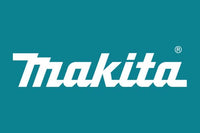












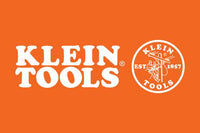
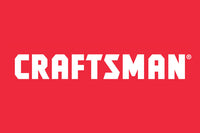
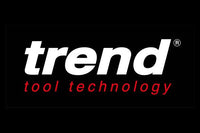
 Kostenloses Schneideset bei qualifizierten Bestellungen
Kostenloses Schneideset bei qualifizierten Bestellungen
 Über 4.000 positive Bewertungen
Über 4.000 positive Bewertungen
 Mehr als 500 Videos auf YouTube
Mehr als 500 Videos auf YouTube
 Unterstützung in Großbritannien
Unterstützung in Großbritannien